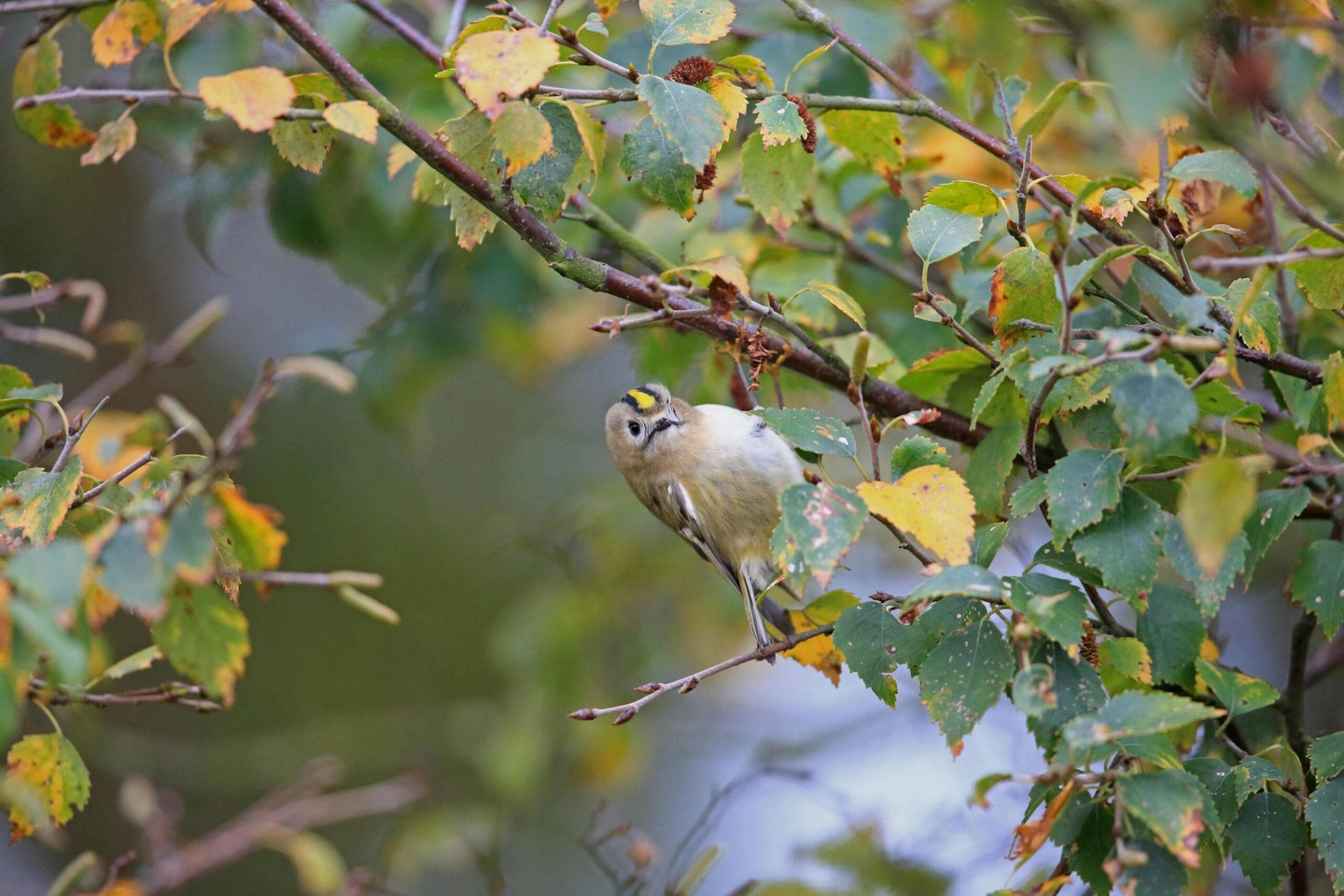September may be the new October, but October is still October, full of rich promise of exciting birds. Birds are coming, birds are going, rare and scarce could appear at any time. It’s exciting.
Pectoral Sandpiper

The ‘commonest’ of the vagrant North American waders which visit the UK in small numbers, the Pectoral Sandpiper is usually seen here in autumn as a neat, handsome juvenile. They are a bit like a mix between a Dunlin and a juvenile Ruff in appearance, with a notably truncated ‘pectoral band’ contrasting with the white belly, neat white ‘Vs’ on the back and yellow legs. They are more attenuated in shape than Dunlins (and usually slightly larger) with a curious creeping gait. These Calidris waders are as likely to be seen in freshwater margins as brackish, and regularly turn up far inland.
Bewick’s Swan

Unlike its larger cousin, the Whooper Swan, which breeds in small numbers in Scotland, the Bewick’s Swan is a strictly a winter visitor to the UK. And it is a winter visitor which has undergone a shocking 95% decrease (from the mid 1990s to the early 2020s). Much smaller than the Whooper, the Bewick’s also has restricted yellow on the bill, with a rounded (not pointed) shape. They start appearing at the end of October and are mainly found in the south of the country (mostly England), particularly in East Anglia, and around the Severn Estuary. They are often seen in herds of ‘wild swans’, grazing in fields.
Fieldfare

Though a few pairs do nest in Scotland, the Fieldfare, along with the Redwing, is one of our predominantly wintering thrushes. They start returning over the North Sea from the start of October, with numbers peaking in November and December. Fieldfares migrate overnight, but can be seen streaming over in flocks during ‘vis mig’ watches, particularly later in the month. Eventually, more than 700,000 will be overhear, guzzling our berries from hedgerows and seeking out worms and other invertebrates spread out across fields. They are great looking larger thrushes (nearly as big as Mistle Thrushes), with blue-grey heads and rumps, dark chestnut rumps, yellow ochre breasts, black tails and (also like Mistle Thrushes) white underwing coverts. As is typical of thrushes, they are quite vocal, with a distinctive ‘chack-chack’ call and some strange whistles. Unlike the ‘pseep’ flight call of Redwings, Fieldfares are not often heard in overhead night migration.
Wheatear

Autumn is not autumn without Wheatear passage. Yes, 170,000 pairs of these large ground chats nest in the UK, but they are mostly nesting in the north and west, so most birders only see them close to home on passage. Wheatear passage peaks in September but is still going strong well into October. As we never tire of reminding you, autumn Wheatears in fresh, buff-tipped plumage, look quite different from the spring garb, when the buff tips have worn off to reveal the brighter colours. So, expect males, females and youngsters all to look buffy golden brown. All have the striking white rump and black-and-white tail. Wheatears love short-cropped areas on which to feed. So expect them in such habitat, running around Rabbit warrens and so on.
Goldcrest

Most non-birders with a dangerous little knowledge of birds will tell you with great confidence and smugness that the Wren is Britain’s smallest bird. We Bird Watching people know that the Goldcrest holds this crown (closely followed by the other kinglet, the Firecrest). But if you try correcting the Wren-championing non-birder, they invariably counter with the fact that the Wren is the smallest common bird, and Goldcrests are rare. It is true that the Wren is (arguably) still our commonest bird. But there are 800,000 pairs of Goldcrest in the UK, so it really is a common bird. And in autumn, numbers are boosted by tiny migrants crossing the North Sea, sometimes arriving in such numbers that the east coast seems covered in them.
